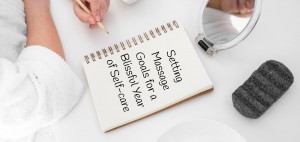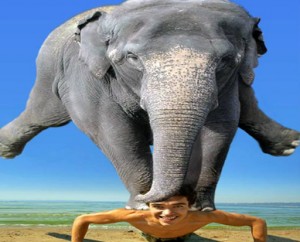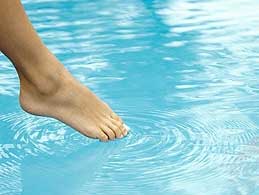Massage Goals and Baskets
Hey, it’s the time of year most massage therapists try to take a few days off, before the deluge of Christmas gift certificates and post-holiday injuries start piling up on the books. I like to practice something with therapist employees and therapist friends. It’s something that shouldn’t be so rare but we often forget to […]






